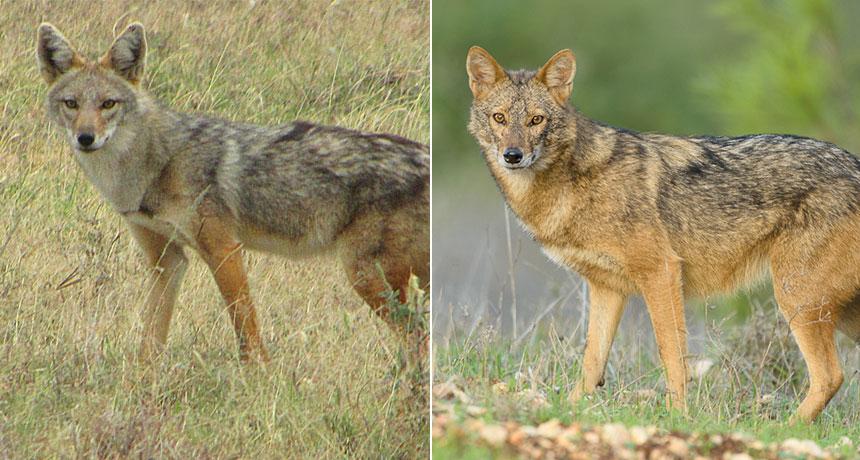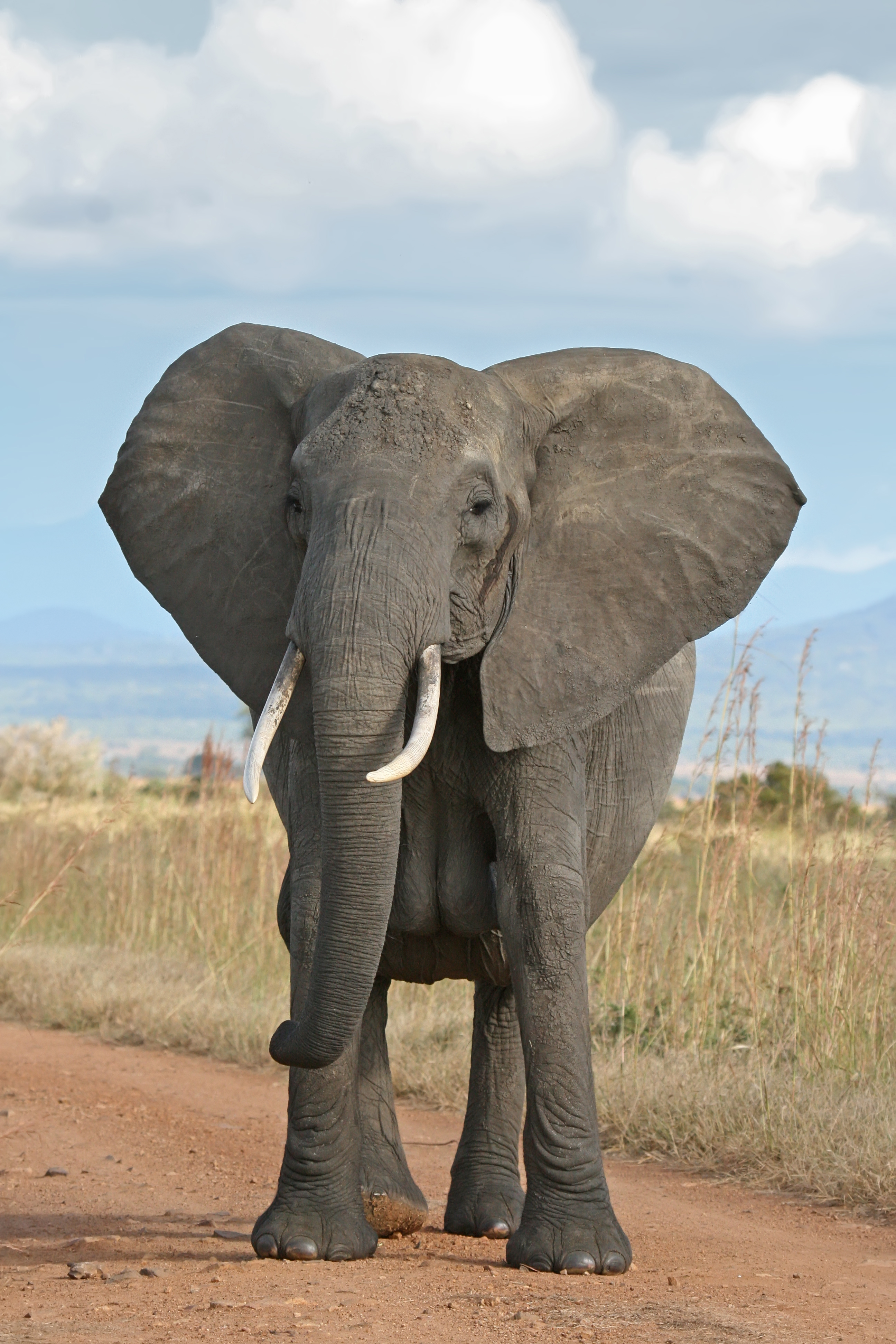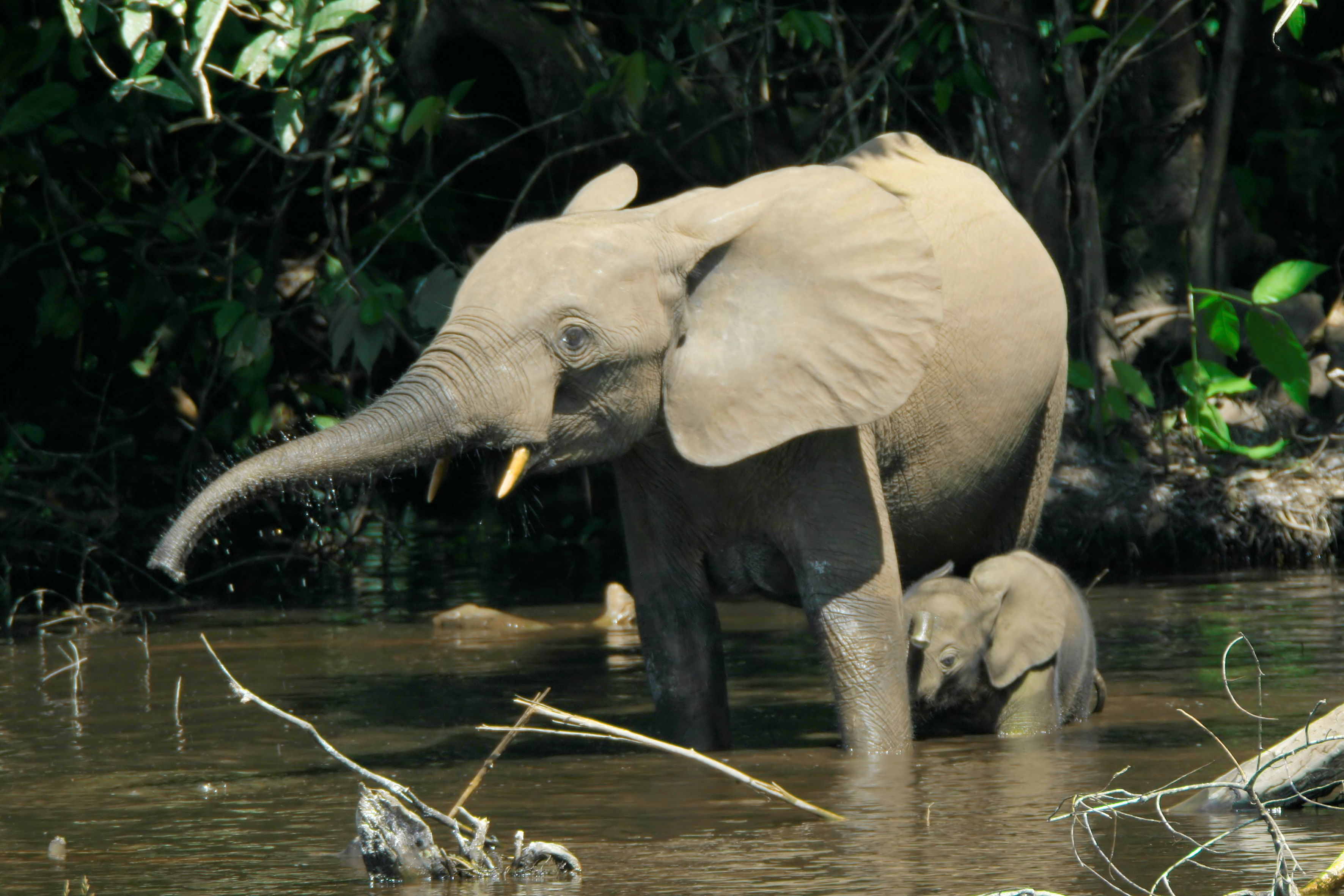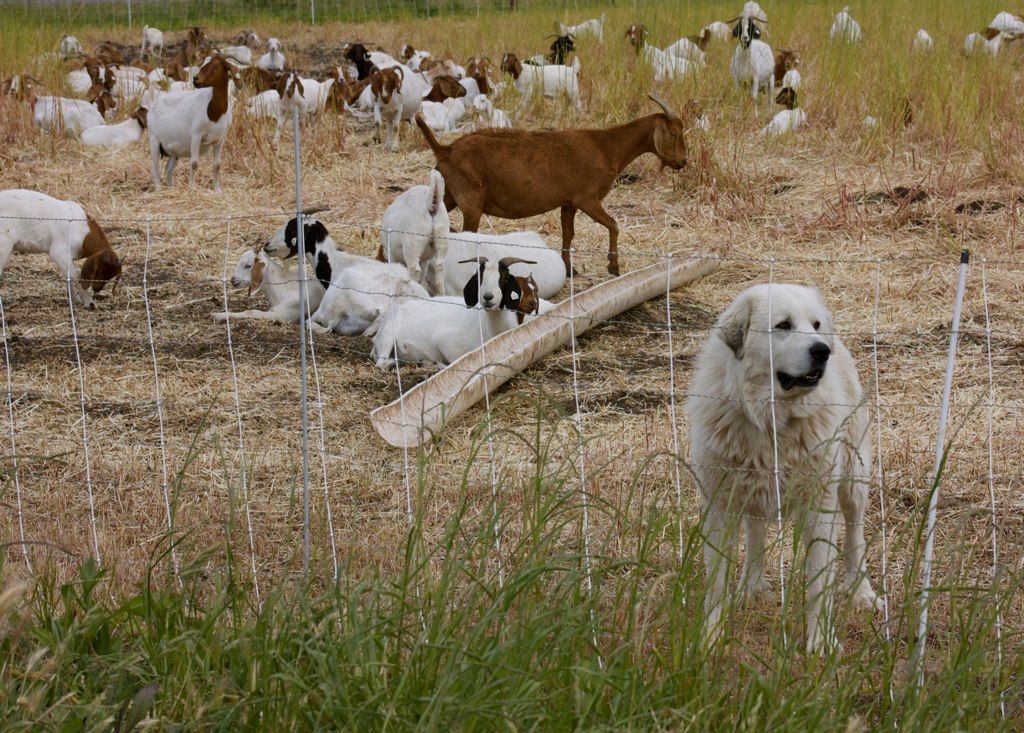 |
| A still image from a video released by the California Department of Fish and Wildlife showing five gray wolf pups and two adults in northern California. |
In the state of California, the gray wolf population became extinct in 1924. But now, decades later, wildlife officials are celebrating the sighting of the state's first wolf pack in the northern part of the state. State and federal officials announced Thursday that a distant camera captured images of a pack earlier this month comprised of two adult wolves and five pups in southeastern Siskiyou County. Named the "Shasta Pack" after Mount Shasta, the pack was discovered four years after the arrival of the wolf OR-7 first wandered into northern California. According to Karen Kovacs of the California Department of Fish and Wildlife, it was an astonishing achievement for wolves to establish in northern California only 21 years after they were reintroduced in the northern Rocky Mountains. She further added that where these wolves came from will be determined through DNA testing on scat at a lab in the state of Idaho. However, it is possible that they are a continuance of rising numbers of wolves migrating from the northeastern part of Oregon to the southern Cascade Range. These wolves have even been sighted by local ranchers, but there has not been any reports of livestock predation by wolves. Nonetheless, ranchers remain concerned about the possibility of losing their animals to wolves as their numbers rise. Amaroq Weiss of the Center for Biological Diversity indicated that she was more concerned the wolves could fall victims to hunters as hunting season gets in motion. Ms. Kovacs indicated that California declared wolves an endangered species last year, but the California Fish and Wildlife Department will not have a management plan in effect until the end of this year. She also added that the department has no objectives for how many wolves might one day live in California and no idea how many once lived in the state before the last individual was killed in 1924.
It is amazing to see that the gray wolf has made a successful comeback to California after decades since its disappearance in 1924. Although one lone individual known as OR-7 wandered into the state from Oregon four years ago, it did not stay for long and returned back to Oregon. This time, however, a pack of seven animals (two adults and five pups) have established in the northern California's Siskiyou County. After being reintroduced into the northern Rocky Mountains 21 years ago, wolves migrated westwards towards Oregon and Washington before reaching California where they are protected by both state and federal endangered species acts. While this is tremendous news for wildlife officials, it is of great concern for ranchers who fear of losing their livestock to the wolves. Furthermore, the wolves themselves could fall victim to human hunters during hunting season in northern California. With this new wolf pack in the state, it is crucial that the California Fish and Wildlife Department and other organizations start considering helping ranching communities in northern California by providing them with safer alternatives to protecting their livestock from wolves. Livestock guardian dogs are the best deterrent and can help minimize livestock losses without having to resort to killing wolves. In addition, hunters should be thoroughly educated about the ecological importance of wolves and how many big game animals they can hunt so that there would still be plenty of deer and other large prey for the wolves to hunt.
View article here


.jpg)






